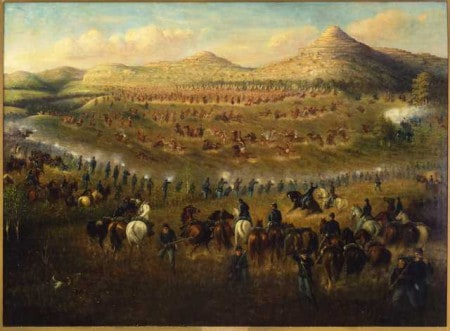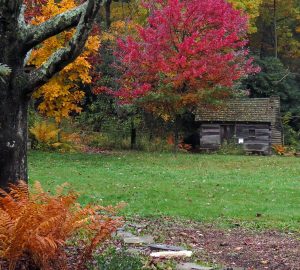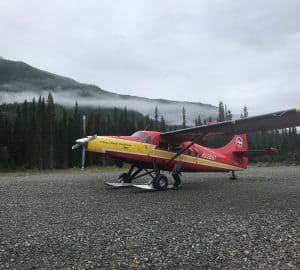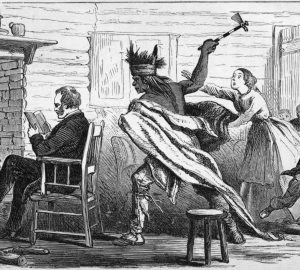From 1861-1865, the attention of the United States was firmly fixed on the bloody Civil War in progress. This did not mean, however, that the Indian wars which had been fought on and off for decades came to a halt. In fact, it was 150 years ago this month that the United States undertook the largest expedition against the natives in its history.

In 1862 conflict had broken out with the Sioux, who lived in what is now the Dakotas, Minnesota and Iowa. The United States government, to protect their western settlers, especially those going to the goldfields in Montana and Idaho, determined to send an expedition to drive back the Indians. Major General John Pope, commander in the area and former commander of the Army of the Potomac, ordered Brigadier General Alfred Sully, actor and West Point graduate, to set out with over 3,000 men. He marched along the Missouri River until he got news of a large encampment of Sioux with at least 1,500 warriors. Sully established and garrisoned Fort Rice in what is now North Dakota. He took the rest of his troops to attack the encampment – 2,200 men and eight cannon.

After skirmishing with a small party of Sioux, Sully’s scouts discovered their camp on July 28, 150 years ago today. They would be fighting in the Badlands – terrain unsuited for the linear military tactics of the day. Sully therefore ordered his men to dismount and form a square with the horses and artillery inside. Each side of that square was over a mile long. The Sioux warriors gathered in the shelter of the broken terrain, and skirmished with the American troops. They advanced with terrific yells, which the soldiers said sounded like “the imps of hell let loose.” One American in the expedition later wrote:
The Indians made repeated charges at the full speed of their ponies, keeping up meanwhile their unearthly yelling. In these charges many of them were killed, while no casualties occurred on our side. They soon learned the range of our small arms, and were careful not to come within it. Our lines advanced slowly but steadily, repulsing the repeated charges of the Indians, and when they collected on the hills, as they frequently did, a shell from the batteries would scatter them with considerable loss. The cannons were a revelation to these Sioux, or at least to most of them. They had probably never seen, much less heard, one before.

With their probes driven back by artillery fire, the Indians soon realized they were too weak to halt the soldiers. They began packing up their camp and renewed their attacks to cover the retreat of their families and goods. They tried charging both flanks of the army, but groups of American soldiers remounted and counter charged, breaking up the Indian attack with saber and pistol.
Around nightfall Sully reached the Sioux’s camp, from which the Indians were streaming into the surrounding hills. There he halted for the night, and the next day began the work of destruction. Many tepees and other goods had been left by the Sioux in their hurry to retreat, and the soldiers burned immense amounts of stores. This was a very serious blow to the Indians, far more impactful than the casualties they suffered. The expedition had lost 3 killed and 10 wounded, the Indians between 30 and 150 killed, depending on which side you ask.

Sully’s supplies were running low, but he pushed forward through the Badlands toward the Yellowstone River. The Indians gathered on the mountains, and harassed the expedition, but the Americans pressed through, losing only about a dozen wounded. After much suffering on the march through the desert, Sully reached the Yellowstone where two steamboats were waiting with supplies. Returning back to the Missouri River, he found that a Sioux raid had succeeded in capturing a large number of his horses, putting an end to any further plans for the expedition.





Hauled Crude Oil here for 5 Years. After the conflict the US Government gave the Indians a 40 mile by 60 mile reservation of Missouri river Breaks.
While the surrounding Whites got all the flat land good for farming.
Low and behold that s— farming land was chock full of oil.
And the Natives now own it.